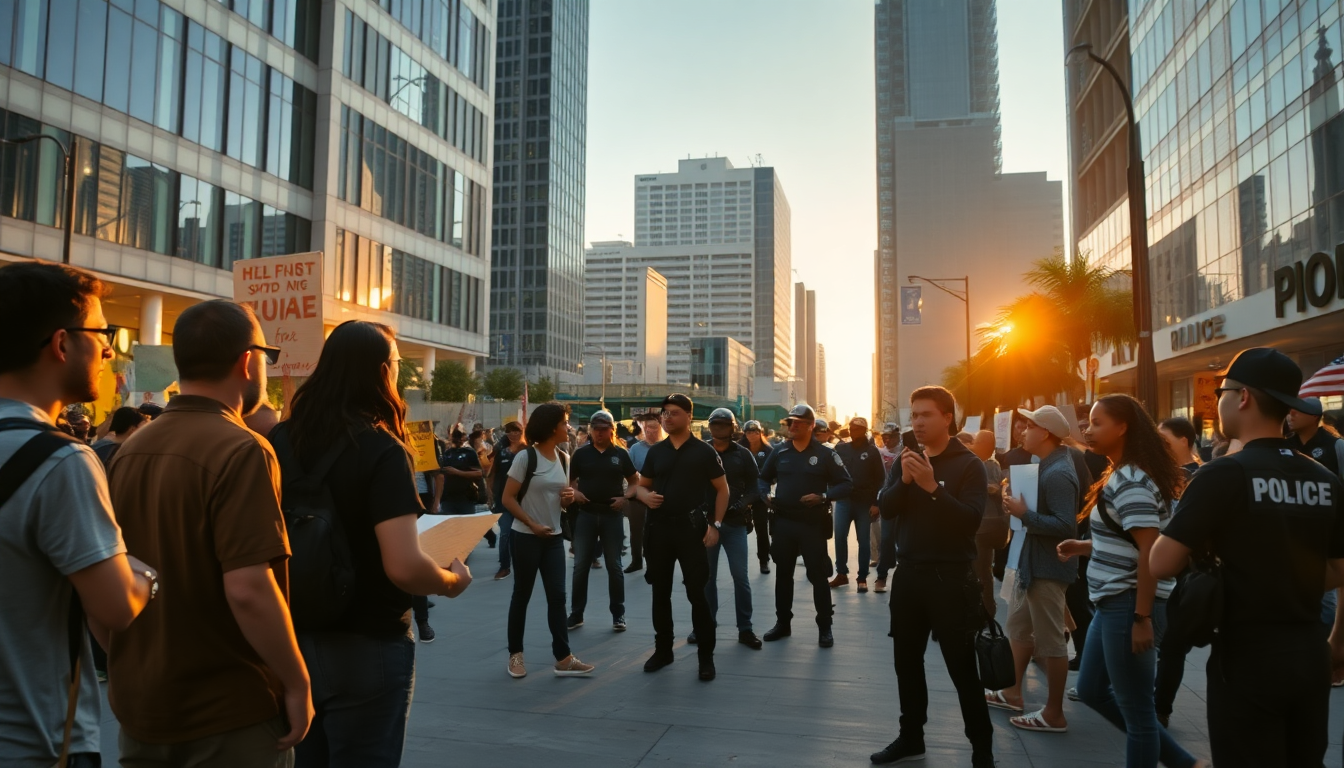Table of Contents
The recent riots in Los Angeles have ignited a heated debate among lawmakers and citizens alike. It seems that every corner of our society is grappling with the complexities of civil unrest and its political fallout. As tensions escalate in urban areas, particularly in cities like Los Angeles, the line between peaceful protests and violent actions is under intense scrutiny. So, what really happened during these events, and what does it mean for our communities? Let’s take a closer look at the unfolding situation, the responses from various political figures, and the broader implications for public safety and community relations.
The landscape of unrest in Los Angeles
In early June 2025, Los Angeles found itself at the center of a whirlwind as a series of protests rapidly transformed into violent riots, grabbing national headlines. With scenes of vandalism, looting, and clashes with law enforcement, the chaos called for an urgent response from both state and federal authorities. Interestingly, nearly 200 House Democrats stood against a resolution introduced by Rep. Young Kim, a Republican from California, aimed at condemning the violence. While the resolution did see backing from 215 members, its rejection by a significant number of Democrats raises some critical questions about the current political landscape and the differing views on law and order during such civil unrest.
Rep. Kim made a compelling point about the need to differentiate between peaceful protests—those protected under the Constitution—and the criminal acts that accompanied these demonstrations. Her remarks underscore the challenges law enforcement faces in maintaining public safety amidst rising tensions. The resolution aimed to send a clear message: support law enforcement and recognize the necessity of a strict approach toward violence and chaos.
The political response and its implications
The responses from political leaders have been as diverse as the city itself. Some view the deployment of the National Guard as a critical step toward restoring order, while others argue that such actions only serve to escalate tensions further. California Governor Gavin Newsom expressed his disapproval of the troop deployment, suggesting it might have fueled even more unrest rather than calming the situation. This divide illustrates a broader ideological clash over how best to manage civil disorder while ensuring community safety.
As law enforcement struggled against the tide of violence, Los Angeles District Attorney Nathan Hochman characterized the riots as a cover for individuals bent on committing crimes. His statement highlights just how complex this situation is, where genuine protest movements can become entangled with individuals looking to exploit the chaos for their own gain. This dynamic complicates the narrative around protests, making it crucial to distinguish between the motives of different participants.
The implications for community relations and safety
The unrest in Los Angeles serves as a stark reminder of how fragile community relations can be in times of crisis. As local leaders grapple with the aftermath of the riots, the focus must shift toward rebuilding trust and ensuring public safety. The political repercussions from these events are likely to shape future policy decisions, particularly in relation to law enforcement practices and community engagement strategies.
To effectively tackle the underlying issues that fuel civil unrest, a deep understanding of community concerns is essential. Moving forward, addressing worries about crime, safety, and community relations will be critical as leaders seek to create an environment where peaceful protests can occur without spiraling into violence. The recent events in Los Angeles underscore the need for constructive dialogue and collaboration among all stakeholders to safeguard the community’s well-being.
Looking ahead: Predictions for future unrest
As we reflect on the current landscape of civil unrest in Los Angeles, it’s crucial to consider the potential for similar events in the future. With the ongoing social tensions and the political climate, the risk of unrest doesn’t seem to be fading anytime soon. Leaders need to be proactive in addressing the root causes of discontent and in paving the way for a safer environment that respects individuals’ rights to express their concerns.
Engaging with community members, truly understanding their grievances, and working together to find solutions will be vital in preventing future unrest. The road ahead calls for a commitment from both political leaders and community members to foster understanding and cooperation, ensuring that the lessons learned from these recent events guide future actions.


